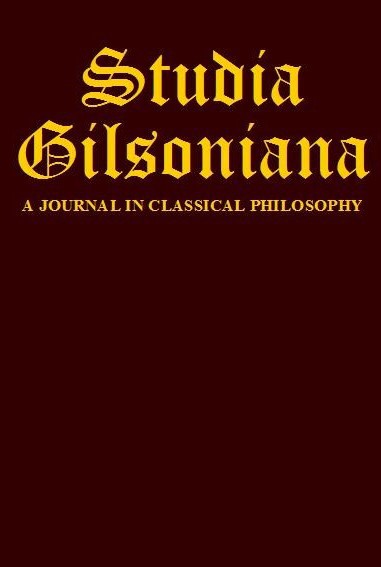JÓZEFA TISCHNERA KONCEPCJA TRAGEDII ESTETYCZNEJ: OCZAROWANIE I UWODZENIE
Józef Tischner’s Conception of Aesthetic Tragedy: Enchantment and Seduction
Author(s): Wojciech ZiółkowskiSubject(s): Philosophy, Special Branches of Philosophy, Philosophy of Religion
Published by: International Étienne Gilson Society
Keywords: Józef Tischner; aesthetics; tragedy; enchantment; sedution; art; man; woman
Summary/Abstract: The article analyzes essential factors for Józef Tischner’s conception of aesthetic tragedy, namely enchantment and sedution. For Tischner, the aesthetic tragedy takes place in the realm of interpersonal relations. The article describes the discoverer of the beauty as the one who becomes aware of that he cannot appropriate the beauty discovered; nevertheless, he still hopes that there must be a form of persuasion able to convince the beauty to be his possession voluntarily. According to Tischner, the way in which the enchanted and the beauty discovered by him seek to possess each other is the relation of seduction. Seduction, however, by its nature is a paradoxical phenomenon; for it is always associated with the consciousness of a renouncement which is to come. The fact that the artist and his work are doomed to part shows that the aesthetic tragedy is a drama not only of the work, but also of the artist; it is their mutual tragedy which stems from an illusory hope for the overcoming of the irremovable necessity of parting. The act of seduction undertaken in hope for having each other as a property becomes the reason of a parting for participating subjects, a parting which—according to Tischner—is announced in drama as the bane of man.
Journal: Studia Gilsoniana
- Issue Year: 5/2016
- Issue No: 2
- Page Range: 345-363
- Page Count: 19
- Language: Polish

